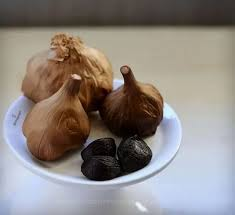‘Bai+:
(Bhatti):
Batti is the author of ‘ravaNavaQakavyama\’ (Ravanavadha Kavyam). It
is also called ‘Bai+kavyama\’. He
belongs to the 7th C.A.D. This work contains 22 cantos dealing with
the story of Rama. It is more a manual of grammar and rhetorics in illustration
than a poem with an artistic aim. The distinct purpose of the author is only to
illustrate the rules of grammar and the rhetorics. Since this poem helps the
students to acquire a sound knowledge in grammar it has always been studied as
an advanced text book in Kavyam. Some scholars have identified this Bhatti with
VatsaBhatti, the author as an inscription. But the very fact that Bhatti is a
veteran grammarian whereas VatsaBhatti commits grammatical errors in some of
his verses goes against such identification.
‘kumaardasa:’ (Kumaradasa):
‘kumaardasa:’
(Kumaradasa)
is supposed to be the King of Ceylon and the author of the Mahakavyam ‘jaanakIhrNama\’ (Janakiharanam). As the
title suggests it deals with the story of Ramayanam. The free use of certain
grammatical forms in the book shows that he knew ‘kaiSakavaRi<a’
(Kasikavritti)
a work on grammar written around 650 A.D. So it is likely that he belongs to
the part of the 7th C.A.D. The identification of Kumaradasa with the
King of Ceylon and the traditional stories connecting him with the poet
Kalidasa lack historical evidence. The style of Kumaradasa is simple and he
tries to imitate Kalidasa. But for his love in abundant alliterations he can be
said to have completely succeeded in his imitation of Kalidasa. Only 20 cantos
of his Mahakavyam has seen the light of the day. The style, poetical
embellishments and other artistic qualities have won for Kumaradasa an eulogy
from ‘rajaSaoKr’ (Rajasekhara)
the author of ‘kavyamaImaaMsaa’ (Kavyamimamsa)
in the following lines:
‘jaanakIhrNaM
ktu-M rGauvMaSao isqato sait.
kiva:kumaardasaSca ravaNaSca yaid xama:..’





No comments:
Post a Comment